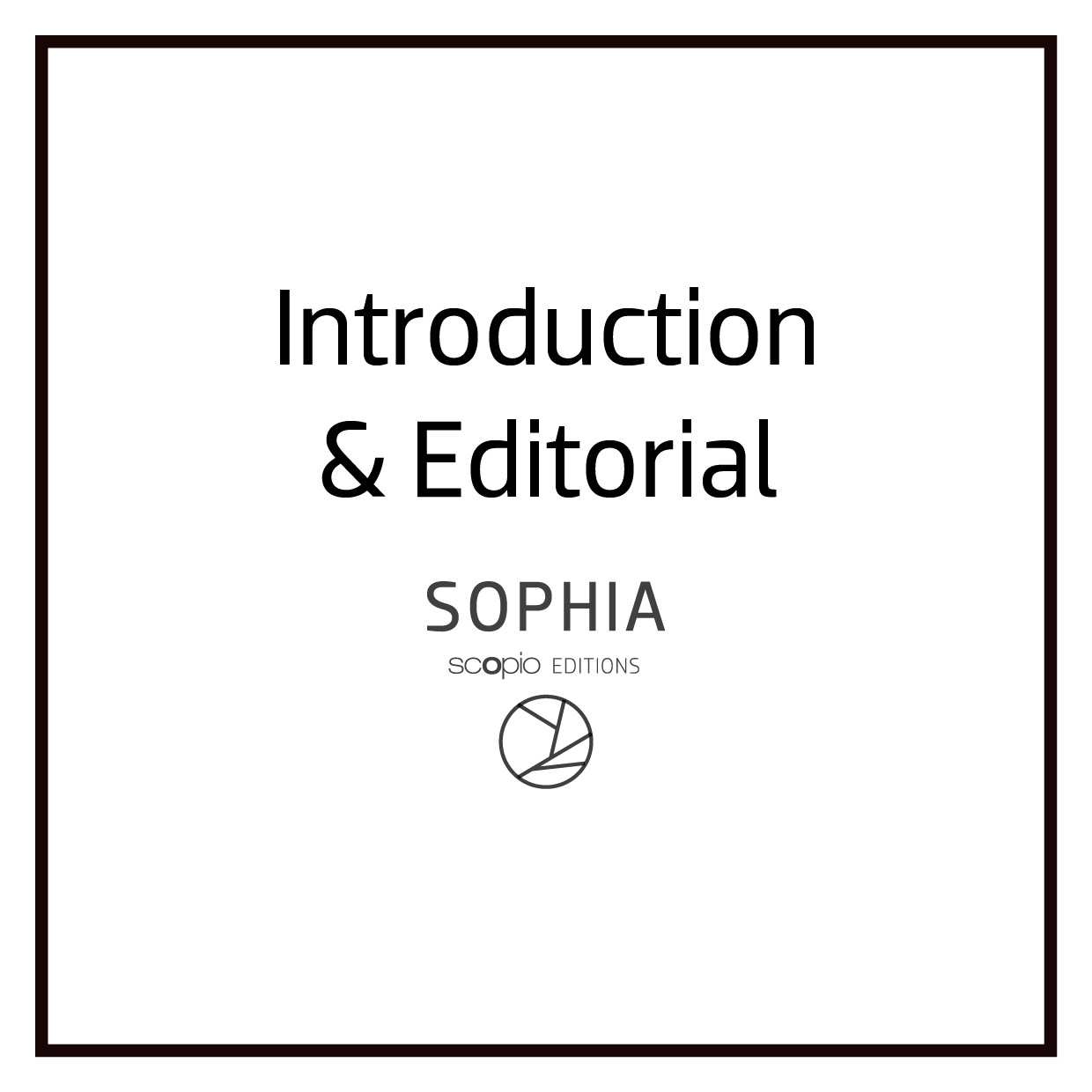
Processes: The Act of Doing
##plugins.themes.immersion.article.figure##

Abstract
There is a big gap between the abstraction of an idea and its concrete implementation. This gap is filled with processes that imply the taking of actions to help achieve a tangible result, and there is a myriad of ways these actions can follow through. Photographic and filmic methodologies shape work through the processes of doing informed by gestures in the photographic and filmic operations on site and in the later editing phase1 by which an understanding is changed into a story, an idea in a final visual and/or sequential form.
The need for good ideas due to the growing challenges presented by climate changes, imposes serious thinking around actual ways of doing relevant contributions to help ‘heal a broken world’. Photographic and filmic work processes can support that purpose embedding specific site experience methodologies open to the passage of time and the changes it encompasses associated with the landscape we have inherited. Exploring a place or a landscape and working with what is found through movement: walking, driving, flying, the editing of footage, the study of photographs, films, or selected material, reveal changes to specific landscapes and possible readings, interpretations, and understandings of those changes. Such actions and processes have a long tradition in artistic practices transecting land art, landscape architecture and environmental studies.2
(...)
References
- Maurice Merleau-Ponty, Sense and Non-Sense, (Evanston, IL: Northwestern University Press, 1964).
- Richard Long, Walking the Line, (Oakland: University of California Press, 2002); Robert Smithson, “Robert Smithson: The Collective Writings”, ed. Jack D. Flam (Oakland: University of California Press, 1996); David Borthwick, Pippa Marland, Anna
- Stenning, Walking, Landscape and Environment, (Abingdon, Oxon/Neew York: Routledge 2020.
- Albert Péres-Gómez; Attunement. Architectural Meaning after the Crisis of Modern Science, (Cambridge, MA: The MIT Press, 2016).
- Fred Truniger, Filmic mapping (Berlin: Jovis, 2013); Rikke Munck Petersen and Mads Farsø, “Resonance and Transcendence of a Bodily Presence: How a filmic mapping of non-visual, aural and bodily relations in space can strengthen the sensory dimension in landscape architectural design”, in Architecture Filmmaking (1 ed) eds. Igea Troiani and Hugh Campbell (Bristol: Intellect Ltd, 2020), 299-321.